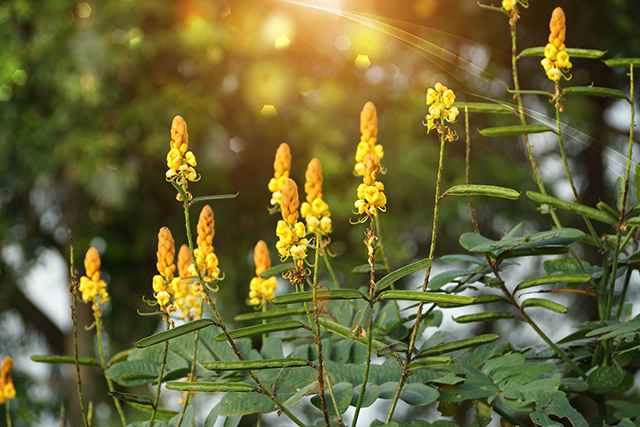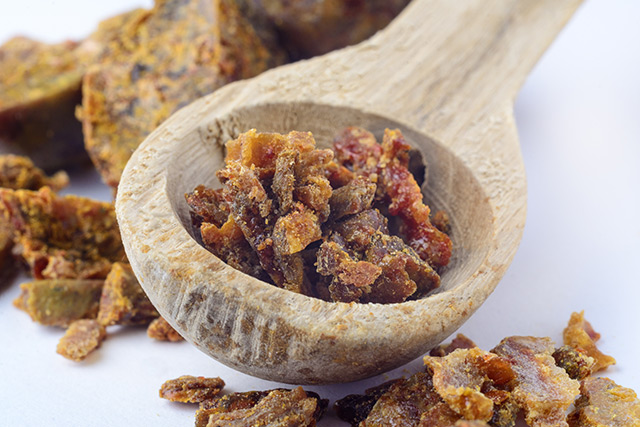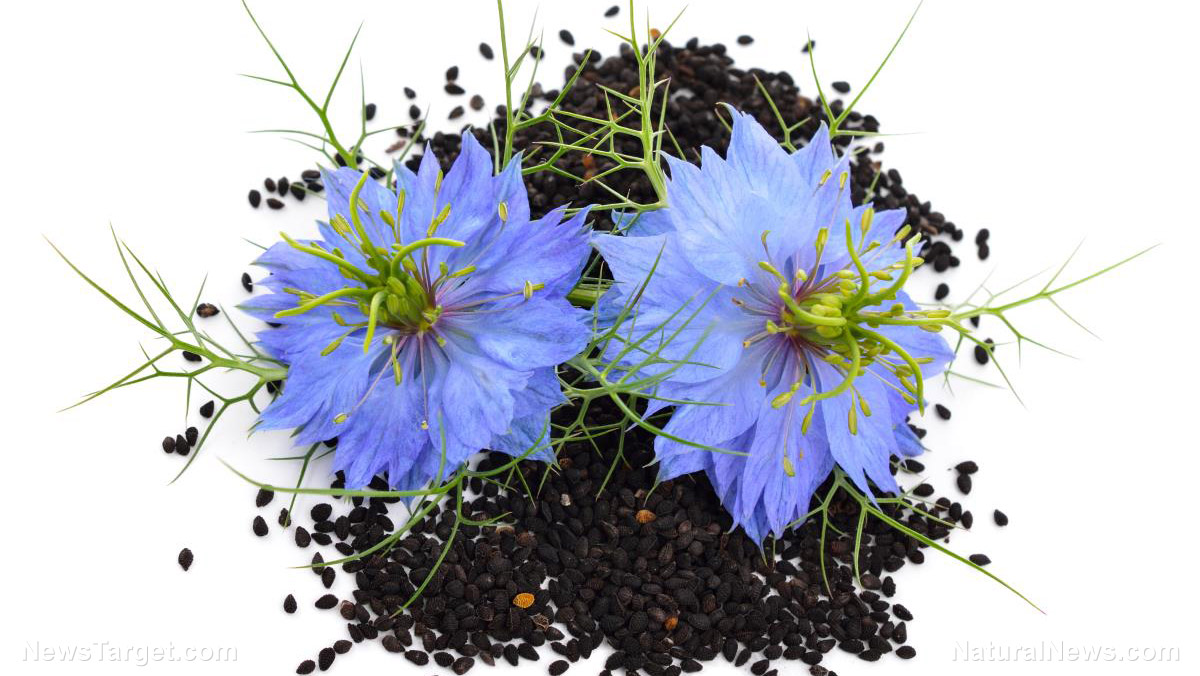Cassia alata, used in folk medicine for ring worm and poisonous bites, found to have anti-inflammatory properties
07/16/2018 / By Earl Garcia

A study published in the African Journal of Traditional, Complementary and Alternative Medicines revealed that Cassia alata, an ornamental plant more commonly known as acapulco, possesses strong anti-inflammatory properties that help alleviate edema. A team of researchers examined the effects of Cassia alata extracts on mice models of paw edema as part of the study.
The animal models were given distilled water, plant extract or diclofenac, and were injected with the drug Carrageenan to induce hind paw swelling. The results showed that the animals exhibited more than 50 percent declines in paw inflammation after receiving Cassia alata extracts. According to the research team, the plant’s phytochemical components — which include alkaloids, phenols, flavonoids and tannins as well as anthraquinons, saponins and triterpenes — played a significant role in easing the condition.
“Dichloromethane extract of Cassia alata showed anti-inflammatory effects. The findings of the present study have demonstrated that [the plant] has potent anti-inflammatory activity and justify its use in traditional medicine to treat inflammatory. The results also show evidence that the beneficial effects of this plant may be due to its free radical scavenging activities,” the researchers wrote.
Study: Cassia alata contains strong antioxidant properties too
Another study published in the journal Medicinal & Aromatic Plants revealed that Cassia alata might be a viable remedy to a plethora of illnesses. According to researchers, the plant contains strong antioxidant compounds — such as flavonoids, vitamins A and C, anthraquinones and carotenoids — that help scavenge free radicals and fortify the immune system. (Related: Top natural remedies for common skin problems like wrinkles, stretch marks and acne.)
The findings revealed that rabbit models that received aqueous leaf extracts displayed a significant increase in blood hemoglobin content, red blood cell count and total leucocyte count compared with their non-treated counterparts. Likewise, the researchers observed that the plant extracts helped boost the levels of peritoneal macrophages in the animal models. The scientists explained that macrophages facilitate immune stimulation, tumor cell lysis and tumor growth prevention. The experts added that the extracts displayed immune-modulating or immune-stimulating potency.
“Today a lot of antioxidant products are available in the market. Though a burning topic of the day, plants need to be evaluated for their antioxidant potential, which will definitely be the right step towards the benefit of the mankind, keeping in view the present study, may certainly be a positive step towards green chemistry in the field of modern drug discovery, and this novel plant Cassia alata may extensively be used in therapeutic medicines as a resource of natural antioxidants and immune stimulating agent. However, further research is needed for its safety level and judicious use,” the researchers concluded.
This is how you can use cassia alata
An article posted on the Medical Health Guide website revealed that the medicinal plant is commonly used to treat:
- Skin problems and diseases
- Stomach problems
- Inflammatory diseases
- Lung conditions
- Mouth disorders
In line with this, the entry shared information on how to use the plant to optimize nutrient uptake and improve the body’s overall health. According to the entry, the plant can be sourced from a local horticulturist. The article also noted that the leaves, flowers and seeds can be harvested from fields. The article added that the plant is commercially produced in powder, tincture and capsule form. The entry listed a few ways to use the plant, which include:
- Leaves — The article suggested collecting the leaves and pounding them until the juices come out. According to the entry, the juice can be applied to affected skin area at least twice daily.
- Infused tea and decoction — The plant’s seeds, leaves and flowers can be used to make infused tea and decoction. The article suggested pounding or cutting a cup of plant parts and letting it seep in boiling water for about 10 to 15 minutes. The entry also advised to drink the herbal tea at least three times a day. However, the article also stressed that the tea’s potency lasts only for a day, thus a new batch should be made daily.
Sources include:
Tagged Under: acapulco, alternative medicine, Cassia alata, folk medicine, food as medicine, food cures, herbal medicine, inflammation, medicinal plant, natural cures, natural remedies

















